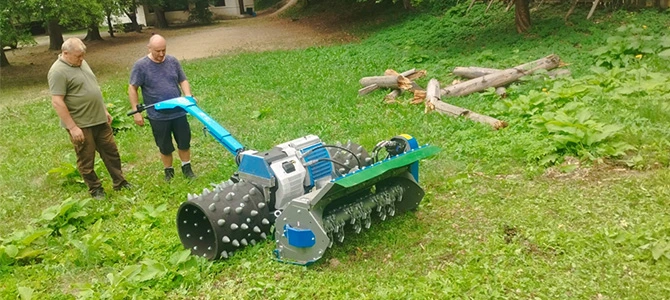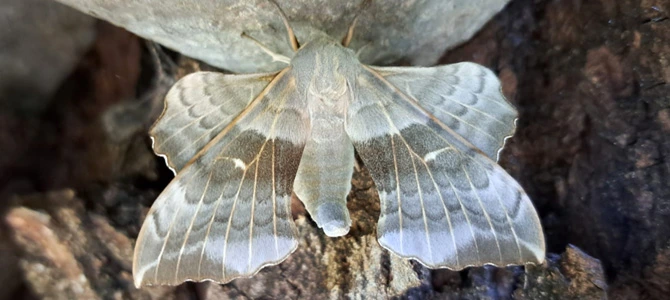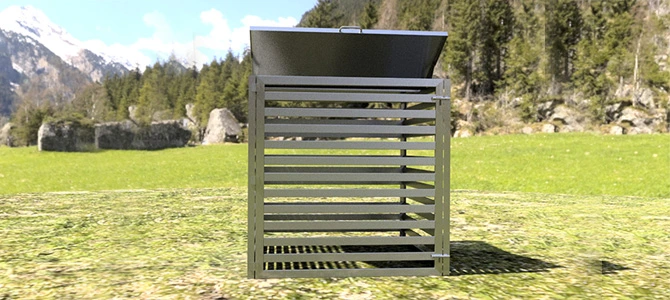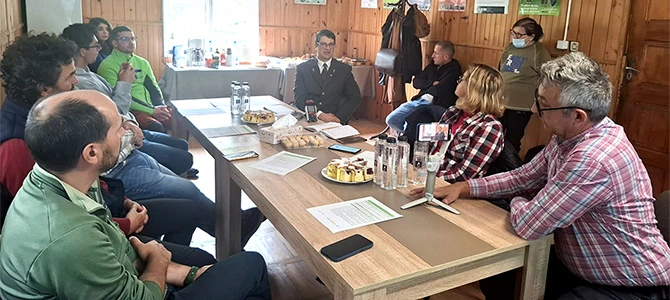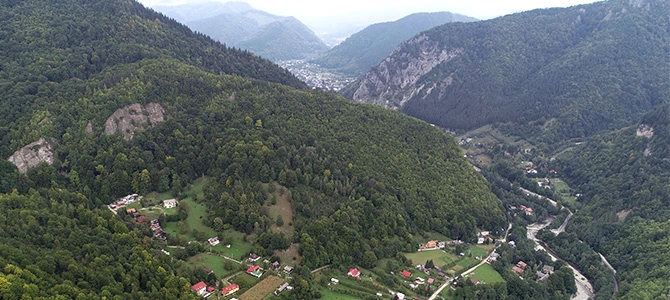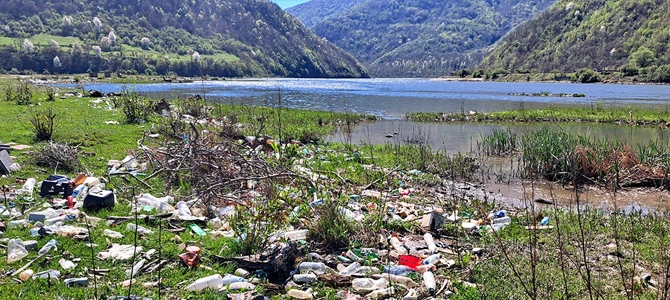On May 28, a press conference was held in Tulnici to officially launch the project “Putna Vrancea Park – A Wild and Accessible Park for the Future.” The event, hosted by the Putna Vrancea Natural Park Administration, brought together representatives of the local and regional press, alongside key project partners: the Association for the Conservation of Biological Diversity (ACDB), Wild Romania Association, and the Ecotourism Association of Romania – Discover Eco-Romania.
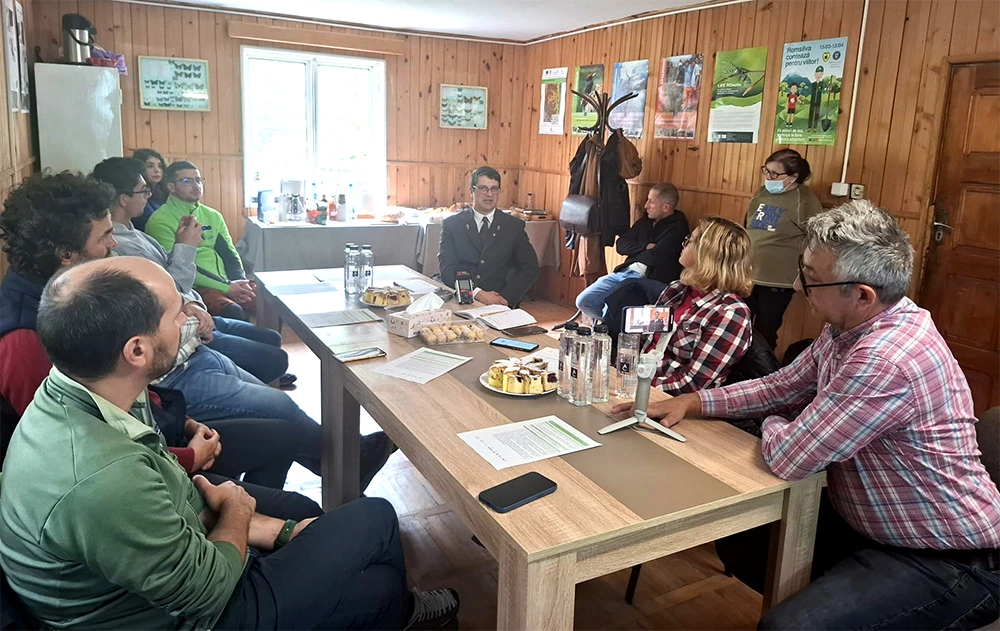
“The aim of this project is to improve the conservation status of biodiversity within Putna Vrancea Natural Park and to create facilities that support sustainable development through ecotourism in local communities,” stated Mihai Pop, project manager from ACDB, during the press conference.
Several key actions undertaken within the project were highlighted during the event:
• Restocking of mountain rivers with 40,000 native trout juveniles to help restore aquatic habitats;
• Implementation of a modern monitoring network consisting of 31 stations equipped with sensors and video cameras to support biodiversity conservation and prevent illegal activities;
• Preparation of a self-assessment dossier to obtain the „Țara Vrancei” ecotourism destination status;
• Ecological restoration of 270 hectares of mountain meadows using environmentally friendly and sustainable methods.
“Putna Vrancea Natural Park includes 3,879 hectares of meadows, of which 270 hectares are conservation priorities. These areas are critical for the survival of seven endangered butterfly species, with the park ranking third nationally in terms of butterfly diversity (714 species). In the past, these meadows were maintained through traditional grazing by domestic animals, but with livestock numbers declining, the grasslands have begun to degrade and their plant composition is changing. Our goal is to restore at least 135 hectares using a motor mower that mimics manual scything and has minimal impact on the ecosystem. This intervention directly supports biodiversity conservation and actively involves local landowners. Additionally, measures will be taken to reduce mortality among vulnerable butterfly species by replacing cold light sources with warm lighting that attracts fewer nocturnal insects,” explained Alina Dragomir, communication officer at ACDB.
The project aims to strengthen the role of the Putna Vrancea Natural Park Administration as a local partner for communities and to develop collaboration mechanisms between local stakeholders. This partnership will not only support biodiversity conservation but also contribute to the sustainable socio-economic development of the Vrancea mountain region.
The project “Putna Vrancea Park – A Wild and Accessible Park for the Future” is funded by the OMV Petrom Foundation through the “Green for the Future” program, edition 2.0, developed by FDSC and ProPark.
The project is implemented by the Association for the Conservation of Biological Diversity, in partnership with the Putna Vrancea Natural Park Administration (APNPV), the Wild Romania Association, and the Ecotourism Association of Romania (AER).




